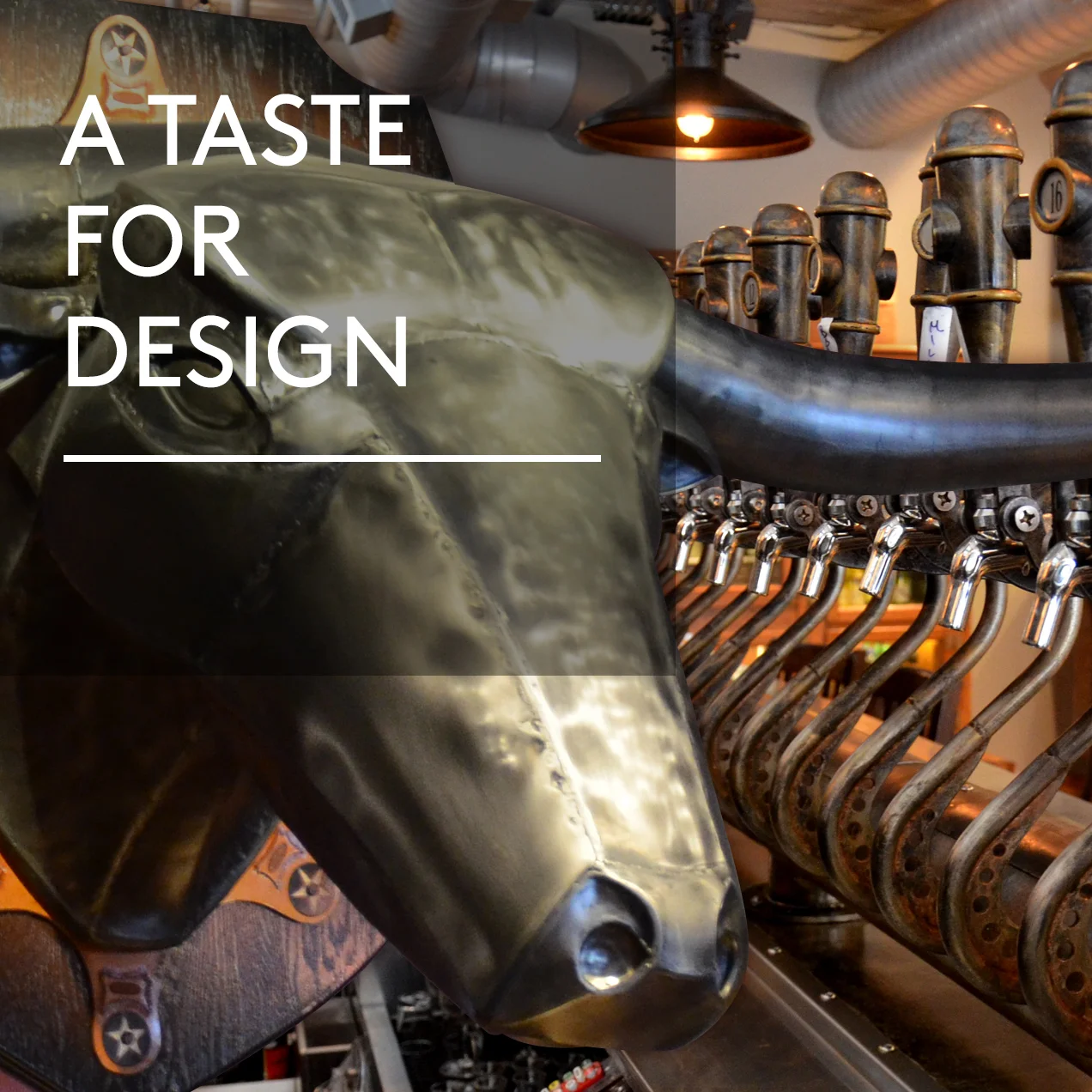Q & A With Greg Grunloh: Restoring Mies van der Rohe’s Wishnick Hall
/What does it take to preserve and update a mid-century classic designed by the legendary Ludwig Mies van der Rohe?
Put another way: What’s it like to tamper with a god?
Greg Grunloh of Holabird and Root confronted those questions when he helped lead the restoration of Mies van der Rohe’s Wishnick Hall on the campus of the Illinois Institute of Technology in Chicago.
The restoration, completed in 2008, brought the building’s technology into the 21st century, while maintaining the heart of Mies’ design.
The Skinny
- Fun Fact: Wishnick Hall is a prime example of Mies van der Rohe’s post-WWII architecture.
- www.holabird.com
- Wishnick Hall
Illinois Institute of Technology
3255 South Dearborn
Chicago, IL, 60616
We had the opportunity to talk with Grunloh about the process of restoring an architectural masterpiece.
Wishnick Hall by Mies van dr Rohe. Photo credit: Holabird and Root
According to IIT's website, van der Rohe believed that the aim of architecture is to truly represent its epoch, and the architect must search out and articulate the significance of the time. What traits of Wishnick Hall do you think most articulate the 1940's era in which it was built?
Produced in 1946, Wishnick Hall was post-WW II modern architecture in all respects. Using the pallet of exposed structural steel, stock steel shapes, clay brick masonry and aluminum windows, all in a repetitive pattern, Wishnick benefitted from the nation’s newfound manufacturing muscle. The buildings parts are put together in an economical and efficient way. With the war over, and the world committed to rebuilding, Wishnick was an early example of what this new effort of rebuilding might produce.
What brought everyone to the conclusion that it was necessary to update the hall in 2006?
Wishnick no longer served the needs required of a modern science building. While restoration was one major factor in the project, modernization ran a very close second. The building had begun to leak, there was no central cooling system for the occupants, and the needs of a 21st century laboratory could no longer be met. A commitment was made by the University to restore the exterior façade, and all of the common public spaces and the main auditorium to their late 1940’s condition, but to also retrofit the building with all of the modern fire protection, mechanical and data systems befitting a 21st century University science building.
How did you make decisions of how to best preserve the building's historic integrity while providing updates to turn it in to a state of the art, modern-day science building?
As a general rule we tried not to change anything that could not be undone. If necessary, the building could be returned to its 1949 state, by simply removing all of the added “parts” necessary for the modernization of the building. Of course it’s unlikely that this would ever happen… but it could. Since the exterior was basically returned to its original condition the biggest decisions to be made involved the aesthetic of the replacement aluminum windows. It was critically important that the profiles and dimensions matched in every way possible. The biggest concessions involved the lowering of ceilings in some of the teaching spaces, in order to accommodate the movement of air.
How do you consider this project a success in both preservation and achieving the IIT's vision to give Wishnick Hall a necessary update?
One only needs to visually compare Wishnick to its sister buildings, Perlstein and Siegel Hall, to see what a tremendous success the project was. IIT takes its role as stewards of this collection of Mies van der Rohe buildings very seriously and maintains a long-term commitment to care for these buildings for the use and appreciation of many generations to come. Wishnick was the first of the core academic buildings on the campus to be restored, so in that respect it served as the sort of blue print for how these important buildings should be approached.
Images at top courtesy of Holabird and Root


























